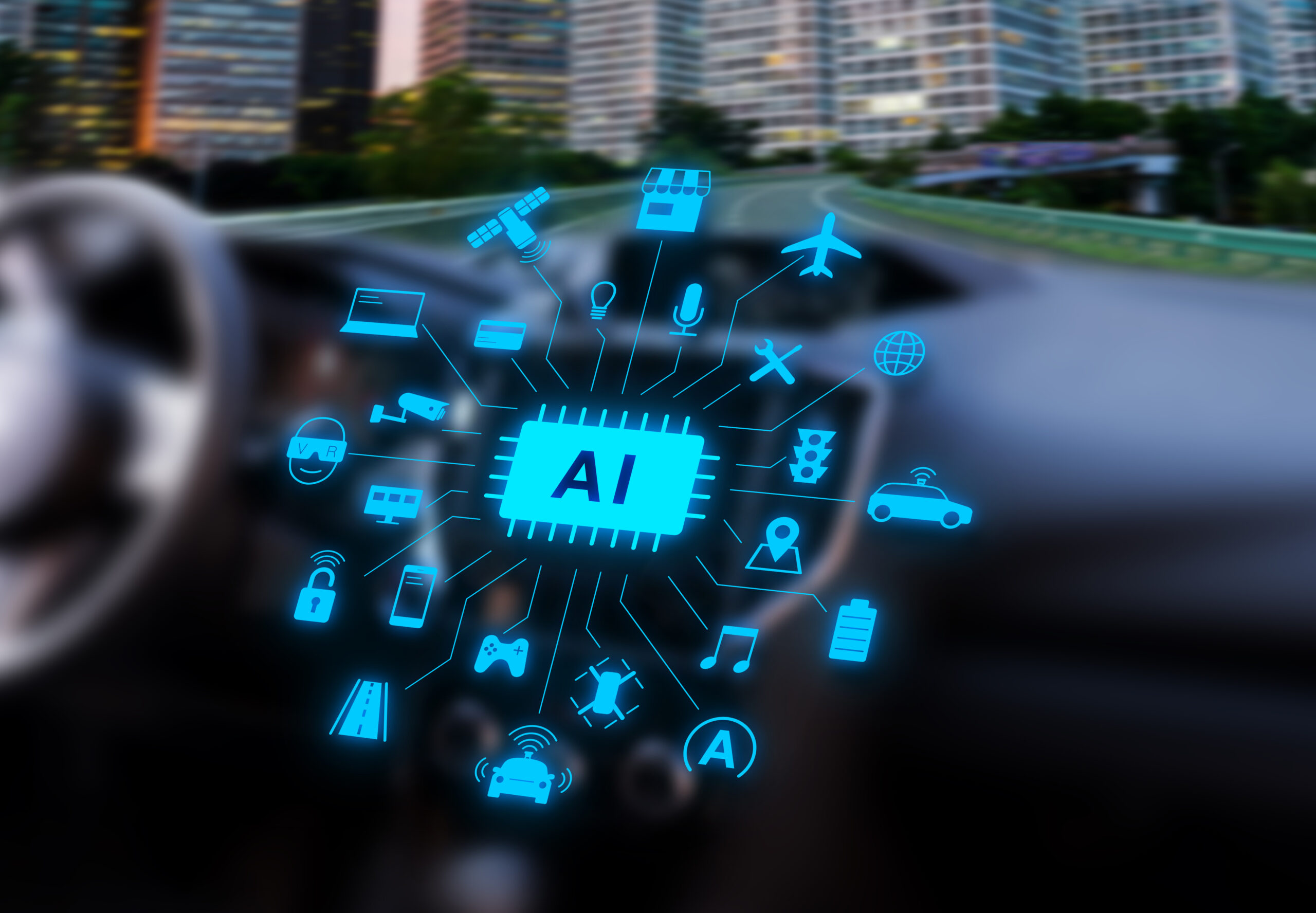Forecast: This AI Company is Poised to Gain the Most from Self-Driving Vehicles (Clue: It’s Not Tesla)

Nvidia vs. Tesla: The Future of AI in the Automotive Industry
Tesla is often celebrated for its advanced autonomous driving capabilities, but there’s another player in the field positioning itself as a strong contender in the AI-driven automotive sector: Nvidia. This tech giant is not just about graphics cards; it is making significant strides in the integration of artificial intelligence within the automotive landscape.
The Role of AI in the Automotive Sector
Artificial intelligence (AI) is revolutionizing various industries, including automotive, where it enhances aspects like safety, efficiency, and user experience. Companies are now incorporating voice-assisted technologies and exploring autonomous driving capabilities. While many focus on the high-profile impact of AI in areas such as data analytics or healthcare, its influence in the auto industry is equally profound.
Nvidia’s Contribution to Automotive Technology
Nvidia has developed a range of products and services aimed at transforming the automotive sector. One notable offering is its Omniverse platform, which enables manufacturers to create digital twins of real-world environments. This technology helps simulate how vehicles might behave in varying conditions such as different weather scenarios and traffic situations.
Moreover, Nvidia’s Halo system is essential for merging car specifications with the necessary hardware and software for autonomous features—from initial concepts to commercially viable products. Essentially, Nvidia integrates a tech-savvy approach to car manufacturing, enhancing safety measures and operational efficiencies.
Nvidia’s Automotive Partnerships and Revenue Growth
Nvidia collaborates with several leading automotive brands, including Rivian, Toyota, BYD, Mercedes-Benz, and Hyundai. A highlight of its recent efforts was during the GTC conference, where Nvidia announced its partnership with General Motors (GM) to pursue AI-driven solutions for vehicles. As a part of this agreement, GM will utilize Nvidia’s Omniverse, Cosmos, and DRIVE AGX platforms to elevate driver experiences and streamline manufacturing processes.
Here’s a summary of Nvidia’s automotive revenue projections for 2024:
| Category | Q1 | Q2 | Q3 | Q4 | Total 2024 |
|---|---|---|---|---|---|
| Automotive Revenue | $329 million | $346 million | $449 million | $570 million | $1.7 billion |
According to Nvidia, its automotive segment revenue increased by 55% year-over-year, reaching $1.7 billion in 2024. Despite being a smaller slice of Nvidia’s total revenue, there are optimistic forecasts for growth, with expectations of nearly tripling this segment to $5 billion in the coming year. This surge signals that Nvidia isn’t just growing; it is emerging as the fastest-expanding part of its business outside data centers.
Comparing Nvidia and Tesla in the AI-Driven Automotive Market
Nvidia and Tesla are frequently seen as the leading companies in the realm of AI and automotive technology. While Tesla has made impressive advancements in self-driving software, its future success largely depends on how well it can get widespread adoption of this technology. Without AI, Tesla might merely be another car manufacturer rather than a tech-driven enterprise.
In contrast, Nvidia presents itself as a more stable investment in the world of AI and cars. Its partnerships with numerous automotive brands offer a pathway to diversify its presence in the market. Even without association with Tesla, Nvidia can thrive as the demand for AI-enhanced vehicles continues to grow globally.
For potential investors considering long-term opportunities, Nvidia’s broader partnerships and innovative platforms make it a promising option in the AI automotive landscape, setting it apart from Tesla’s more reliant model on singular software success.






